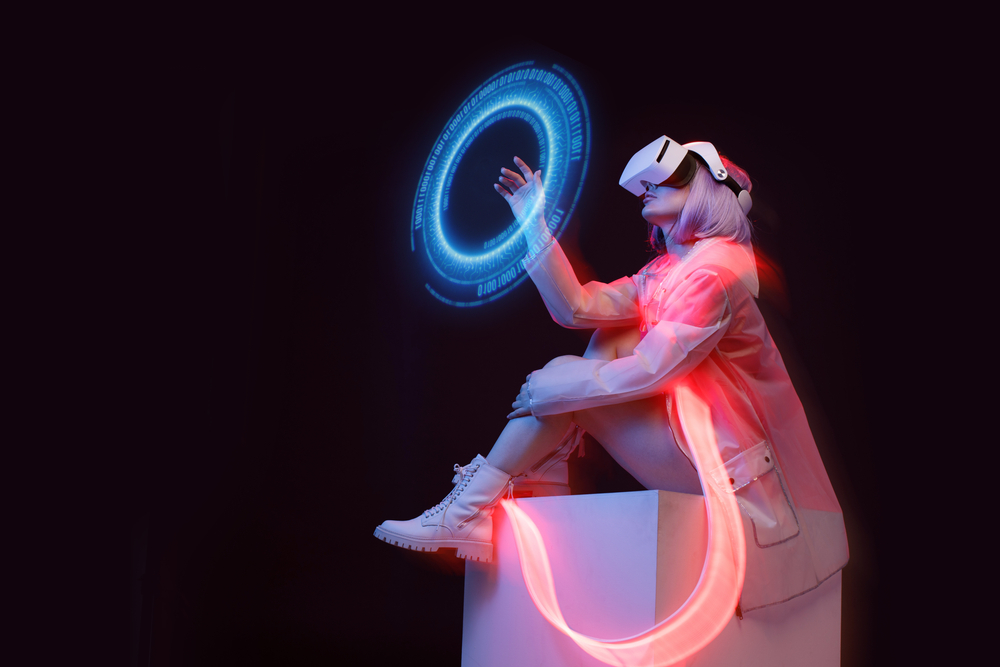Breaking Boundaries: Understanding the Potential of Augmented Reality in Everyday Technologies
Meet Augmented Reality (AR), the transformative technology that is steadily reshaping our interactions with the digital world. Once a concept confined to science fiction and video games, AR is now breaking boundaries and permeating various aspects of our everyday lives. Hold on tight as we delve into the thrilling realm of AR.

The Genesis of Augmented Reality: A Journey through Time
Augmented Reality, as we know it today, has roots dating back to the 1960s. The first AR system, known as “The Sword of Damocles,” was developed by Ivan Sutherland and his student Bob Sproull at Harvard University. The system, quite primitive by today’s standards, allowed users to see simple wireframe graphics superimposed on their view of the real world. However, it was only in the early 21st century that AR started to gain traction, thanks to the advancements in computer vision and graphics processing units.
The Current State of Augmented Reality: More than Just Fun and Games
Fast forward to the present day, AR has moved beyond its initial applications in gaming and entertainment. It’s now making significant strides in fields such as education, healthcare, and e-commerce. For instance, in the education sector, AR is being used to create immersive learning experiences by bringing abstract concepts to life. In healthcare, AR is assisting surgeons in complex procedures by providing real-time 3D visualizations of patients’ anatomy.
The Future of Augmented Reality: A Peek into the Crystal Ball
The future of AR looks promising, with tech giants like Apple, Google, and Microsoft investing heavily in its development. According to the International Data Corporation, the AR and VR market is expected to reach $162 billion by 2024. This indicates a strong potential for AR to become an integral part of our daily lives, transforming how we learn, work, and communicate.
The Economic Impact: Augmented Reality as a Game Changer
While it’s challenging to put an exact price tag on the value of AR technology, its economic impact is undeniable. According to a report by PwC, AR could boost the global economy by $1.5 trillion by 2030. Moreover, it’s predicted to create millions of jobs across various sectors, signaling a significant shift in the global job market.
Demystifying AR: Making Complex Simple
Given the complexity of AR technology, it’s easy to get lost in the jargon. Simply put, AR works by superimposing digital information—images, sounds, videos—onto the real world, enhancing our perception and interaction with our surroundings. Unlike Virtual Reality (VR) that creates a completely artificial environment, AR enhances the real world with digital elements, offering a more immersive and engaging experience.
In conclusion, AR is a transformative technology that’s set to revolutionize our daily lives, making the future look like something right out of a sci-fi novel. As we continue to explore and harness the potential of AR, one thing is clear: the line between our physical and digital worlds is becoming increasingly blurred, and we’re just at the beginning of this exciting journey.




